Cattle Queen of Montana (1954)
“I’m here and I’m going to stay here!”
|
Synopsis: |
|
Genres, Themes, Actors, and Directors:
Review: A subplot about the rivalry between a rebel named Natchakoa (Anthony Caruso) and a college-educated Blackfoot named Colorados (Lance Fuller): as well as the jealousy felt by a woman (Yvette Duguay) who has her heart set on Colorados, and believes Stanwyck is in her way: takes up some time, but basically this is a standard shoot-em-up flick between ranchers-and-Indians, with some pretty hoary dialogue (“When that girl gets an idea, she’s just as stubborn as a mule with a broken hind leg.”). The amount of anti-Indian rhetoric is notable for its blatant racism, and serves as a potent reminder of where we’ve come from:
Redeeming Qualities and Moments: Must See? Links: |
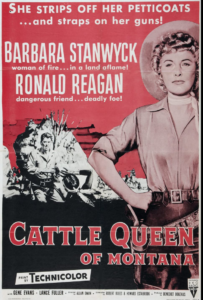

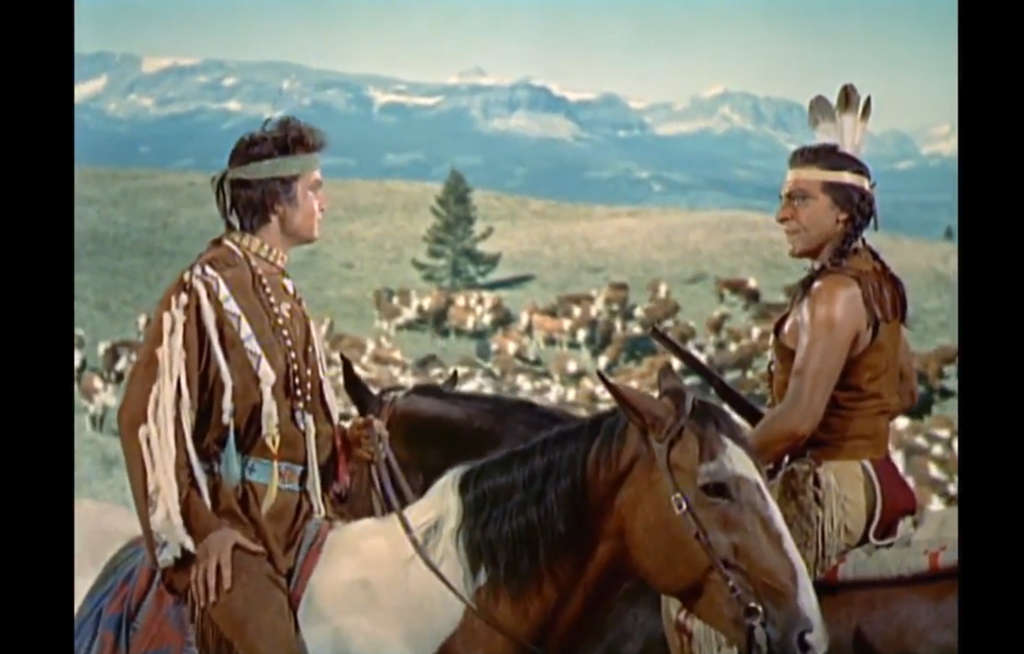
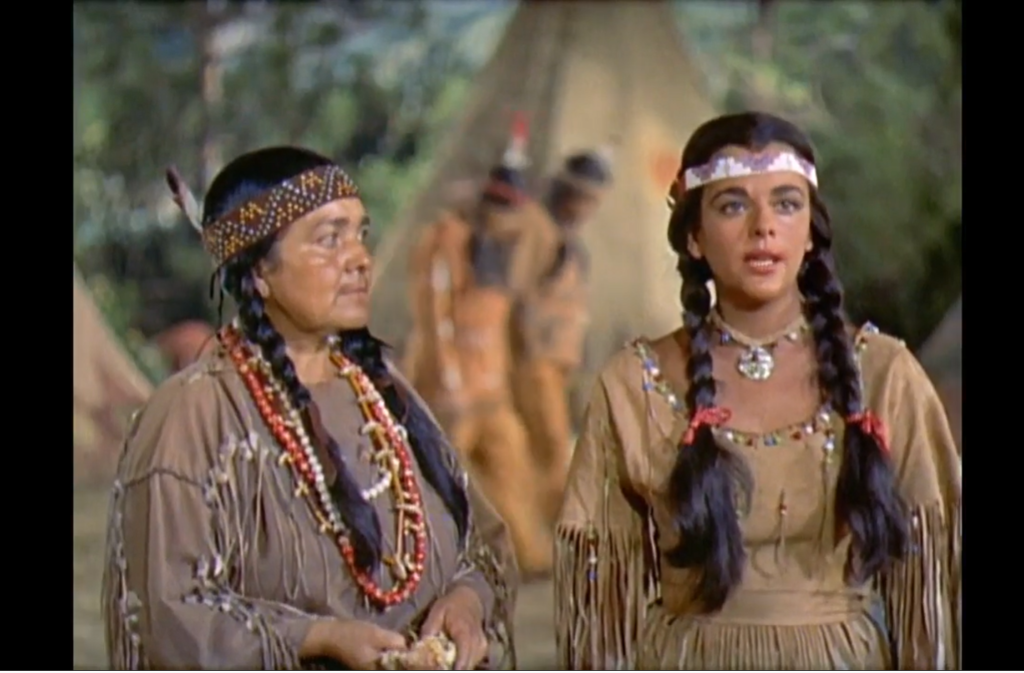
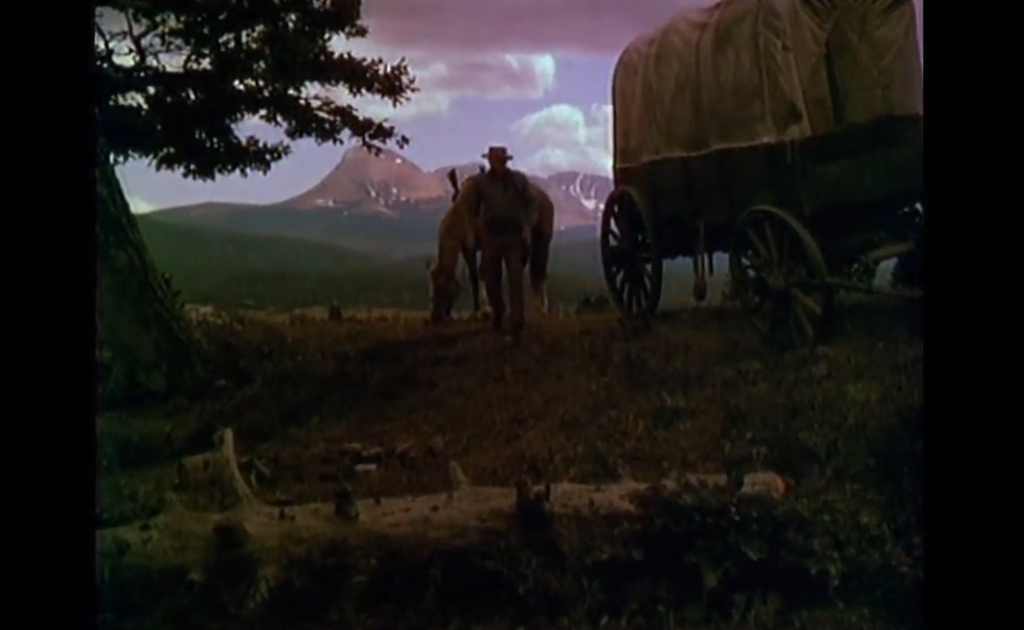
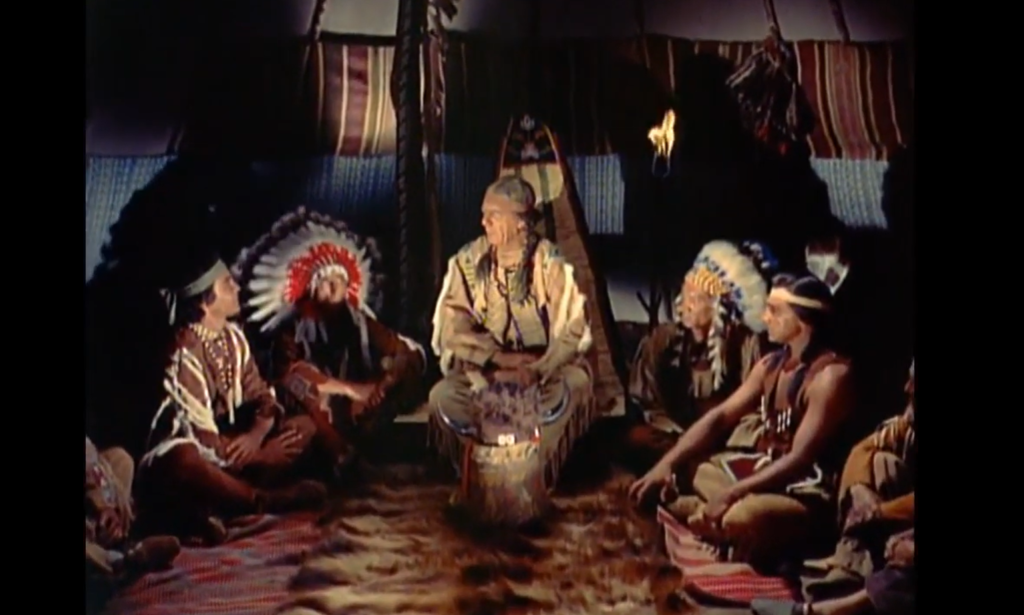
One thought on “Cattle Queen of Montana (1954)”
First viewing. Not must-see – but fans of westerns will want to check it out.
An ultimately compact, 85-minute story that seems to start out in a slow, standard fashion but actually has a slow-burn. It gets better as it goes along and includes at least several potent sequences. Perhaps what’s most interesting is the way it handles the White/Indian conflict; it makes a concerted effort in presenting all sides, to not only illuminate the reality of treaties but also to break down shady details between whites and Indians as well as inter-conflicts / feigned loyalties involving whites against whites, Indians against Indians, whites against Indians and Indians against whites (~ all of which is better than designating Indians as the ill-defined ‘baddies’).
Stanwyck is dependable as always; Evans is an effective nemesis.